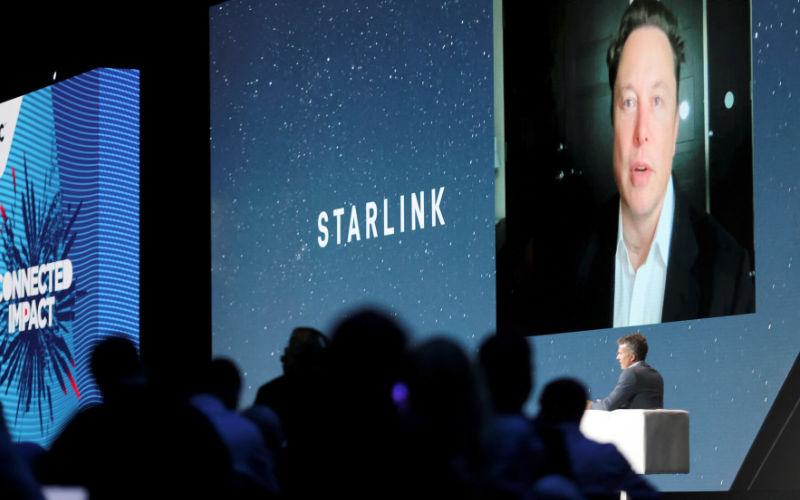Morocco Partners with Elon Musk’s Starlink to Expand Rural Internet Access

Morocco wants to rely on Starlink, Elon Musk’s satellite Internet service, to bridge the digital divide. A strategic choice that arouses both enthusiasm and concerns.
Morocco opts for Starlink’s satellite Internet, a technology developed by SpaceX, American billionaire Elon Musk’s company, to provide Internet connection in areas difficult to access by land. This announcement was made on Monday in parliament by Amal El Fallah Seghrouchni, the Minister Delegate for Digital Transition and Administration Reform, specifying that this project should impact 4,000 beneficiaries who will be entitled to a subsidy of 2,500 dirhams per subscription.
Moroccan authorities have opted for this choice to reduce the digital divide in uncovered areas on one hand, and to meet current connectivity standards on the other. Starlink offers a comparative advantage, notably a stable and fast connection, with download speeds varying between 100 and 500 megabits per second (Mbps), and very low latency, estimated between 20 and 40 milliseconds.
However, this technology requires a significant investment due to the high cost of the equipment required to capture the satellite signal, as well as exorbitant monthly subscription fees. The project is part of the National High and Very High Speed Plan (PNHD), whose first phase, nearing completion, has provided quality Internet connection (2G, 3G, and 4G) to more than 10,640 rural areas between 2018 and 2024.
The second phase should impact 1,800 additional areas with low or no coverage. It is implemented with financial support from the Universal Telecommunications Service Fund. With its Morocco Digital 2030 roadmap, launched on September 25, 2024, Morocco aims to position itself in sixth place at the African level and 85th at the global level in terms of public administration digitalization by 2026. The kingdom is also working on deploying 5G, with the goal of reaching 25% population coverage by 2026, and 70% by 2030.
Related Articles
-

Severe Weather Alert: Moroccan Regions Brace for Intense Thunderstorms and Heavy Rainfall
6 September 2025
-

Quebec’s International Student Crisis: UQAM Faces 39% Drop as Government Policies Spark Global Concern
5 September 2025
-

Surge in UK Train Phone Thefts: One Device Stolen Every 44 Minutes, Many Ending Up in Morocco
5 September 2025
-

French Retirees Abroad Face Digital Revolution: Biometric App Replaces Traditional Proof of Life
5 September 2025
-

Fake Colonel Arrested: Massive Fraud Scheme Uncovered in Morocco’s Southeast
5 September 2025